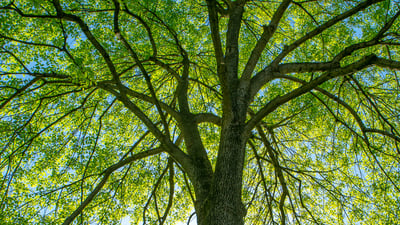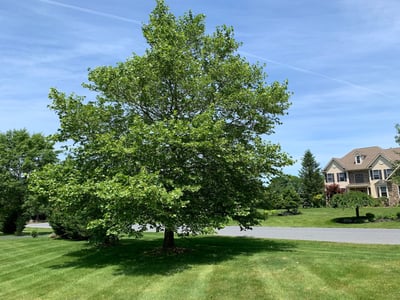

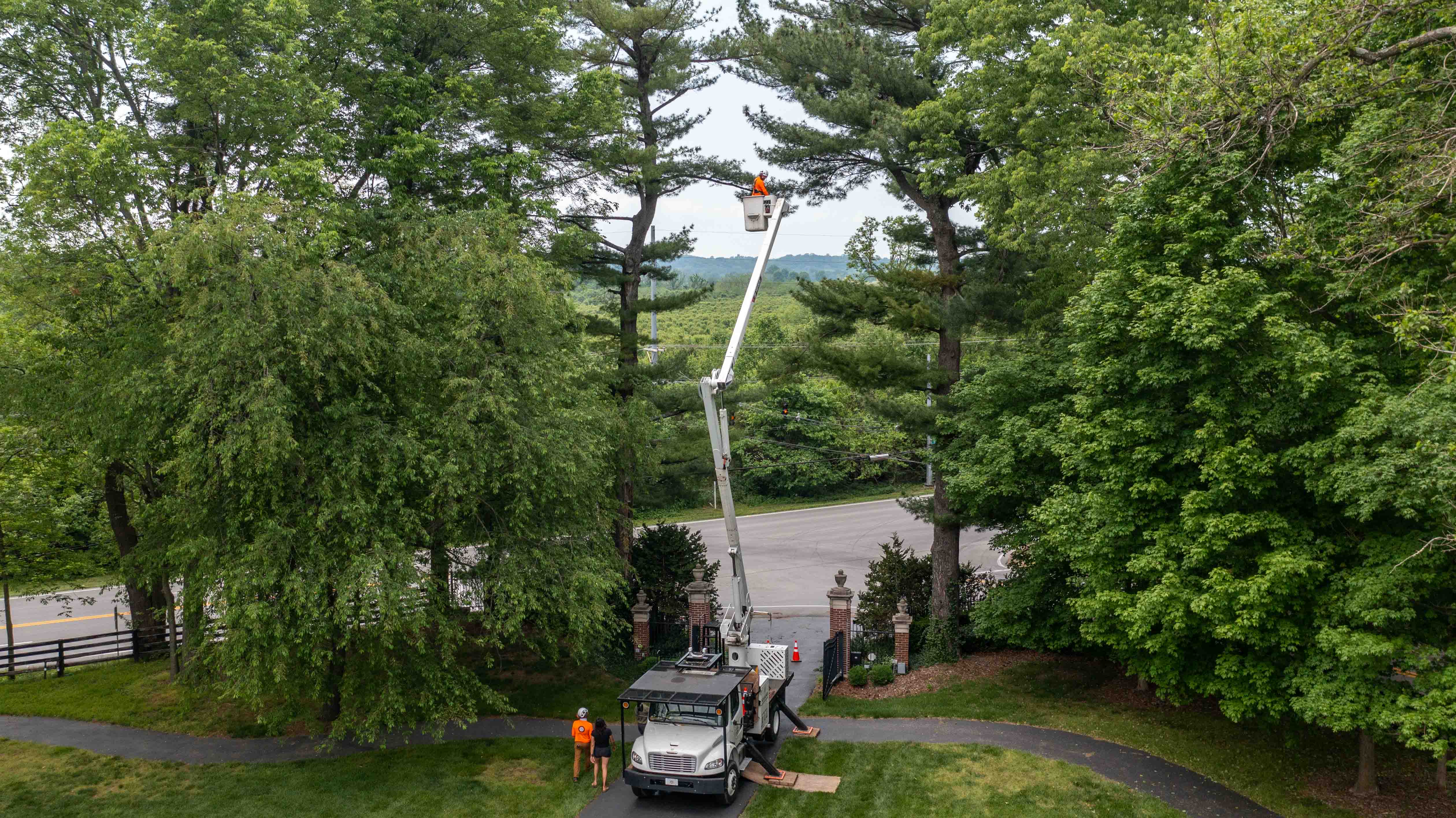
The trees on your Louisville, KY property are a valuable asset and you want to do what you can to keep them healthy and thriving. However, despite your best efforts, trees are subject to several stressors in the suburban landscape.
A stressed tree can start to decline over time and even become a liability.
In this article, we’ll talk about some of the most common tree stressors. We will also talk about helping stressed trees on your property.
We’ll cover the following key points.
Common causes of tree stress
Signs of tree stress
How do you save a stressed tree?
How to choose tree care services in Louisville, KY
We understand that you have limited time to figure out everything you need to know about your trees. But we’re here to help.
Tree stress can be caused by a number of factors. These are some of the most common.
One factor that is entirely out of everyone’s control is the environment. For instance, when trees experience significant fluctuations in the amount of water they receive due to drought conditions or even excessive rainfall, it can put stress on them.
Most people understand that lack of water (drought) can be harmful to trees but so can too much water. Excessive water can actually drown a tree’s roots. If you have poorly draining soil this could be a problem.

If a tree becomes physically damaged, it can also lead to harm. Three of the most common ways that trees experience damage are due to thunderstorms (or other extreme weather events), construction, and improper pruning. People are sometimes surprised to learn that pruning mistakes (like removing too much at a time) can put tremendous stress on a tree and lead to its decline.
A stressed tree might also be the result of diseases or pests. Both are present in the suburban landscape and can lead to a tree’s decline. Tree pests, like bagworms, spider mites, aphids, and borer insects can harm trees in various ways. Some suck the sap from your tree’s foliage while others bore into the trunk and branches. Still other pests, like Japanese Beetles, consume leaves in their entirety.
In addition, diseases are also a common tree stressor. While some diseases can be managed or even cured, others may lead to the serious decline of your tree. Severely diseased trees may require removal.
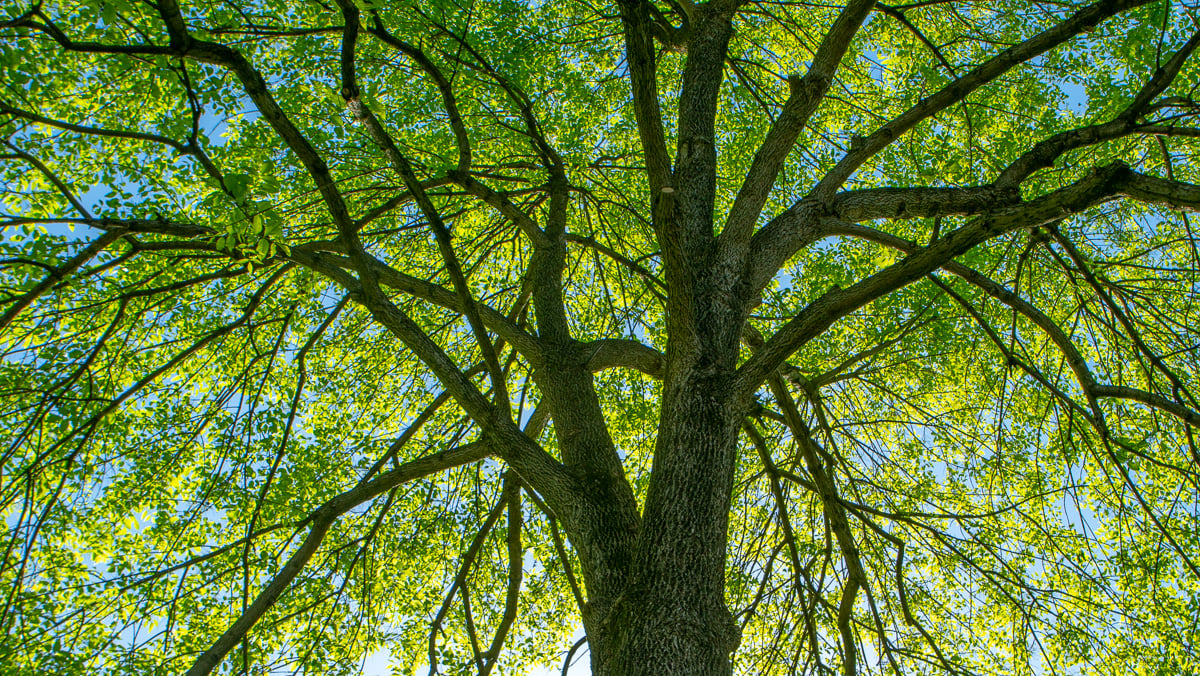
Tree mistakes can also lead to stress. We already talked about physical damage caused by things like construction or improper pruning. However, mistakes can also include overwatering or chemical damage. We have even seen trees become stressed because of emptying pool water near them.
Sometimes it’s obvious that you have stressed trees. But other times it takes a bit more sleuthing. Here are some of the common signs of tree stress.

The condition of your tree’s leaves can tell you whether or not it might be stressed. A tree that is struggling might experience wilting or discoloration of the leaves. Many of the factors mentioned above can cause this so a proper diagnosis will need to be made by a tree care professional.
Certain tree diseases, for instance, can leave spots on the leaves. But overwatering and underwatering can also lead to discoloration. Without a background in arboriculture, it can be hard to tell the difference.
In addition to discoloration of the leaves, early drop is also a concern. While it’s normal for deciduous trees to shed their leaves annually, heavy shedding outside of the fall season could be a concern. It might be a sign that you have a stressed tree.
The condition of your tree’s branches can also be telling. If you notice that you have stunted growth or that the branches are dying, you could have a stressed tree. While smaller twigs and branches will fall from time to time, larger hanging or falling branches are a more serious concern. This can become a liability.
Sometimes pests on your tree are obvious. While some pests are teeny tiny and hard to spot, others (like Japanese Beetles or Bagworms) are overtly noticeable. Similarly, you might see fungal growth on your tree. This could include mushrooms on or around its base or discoloration of the leaves. Fungal growth on a tree can be powdery or cottony but it can also show up in various colors or look slimy.
If you’ve noticed any of these signs of stress that we’ve talked about in this article, you probably want to know how to go about helping a stressed tree.
Exactly what will need to be done to help a stressed tree will depend on what you’re dealing with. You’ll obviously need to first treat the cause of the problem whether it be a disease, a pest, or something else.
Some causes are fixable while others are not.
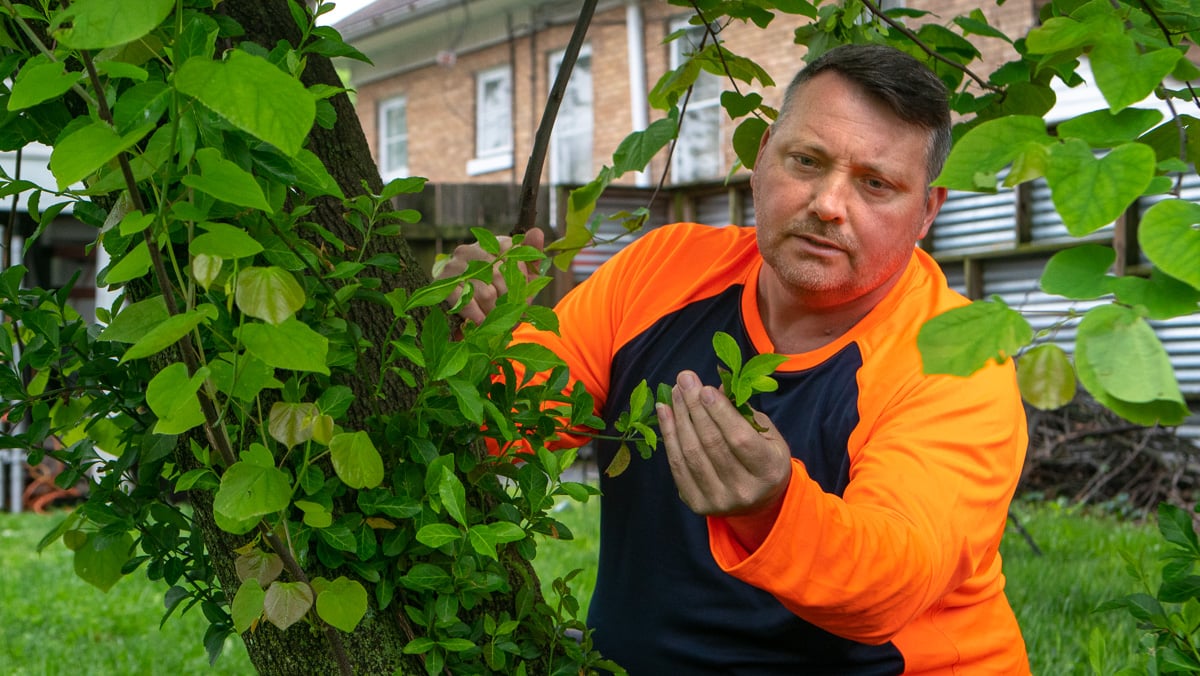
Whether or not a tree can be saved is going to depend on a number of factors including exactly what’s causing the stress in the first place and how bad shape it is already in. A mild case of disease or a treatable pest problem might be cured. However, a severely ravaged tree might not recover.
Consulting with a professional tree care expert will help determine the best course of action. That will start with first ensuring a proper diagnosis.
If you’re worried about helping a stressed tree on your property, you’ll definitely want to consult with a professional. It’s important that you do your research so that you can find the best tree care service.
Finding the best tree company for your needs is a matter of peace of mind. Diagnosing tree problems can be complicated and you want to make sure that you’re working with a skilled professional.
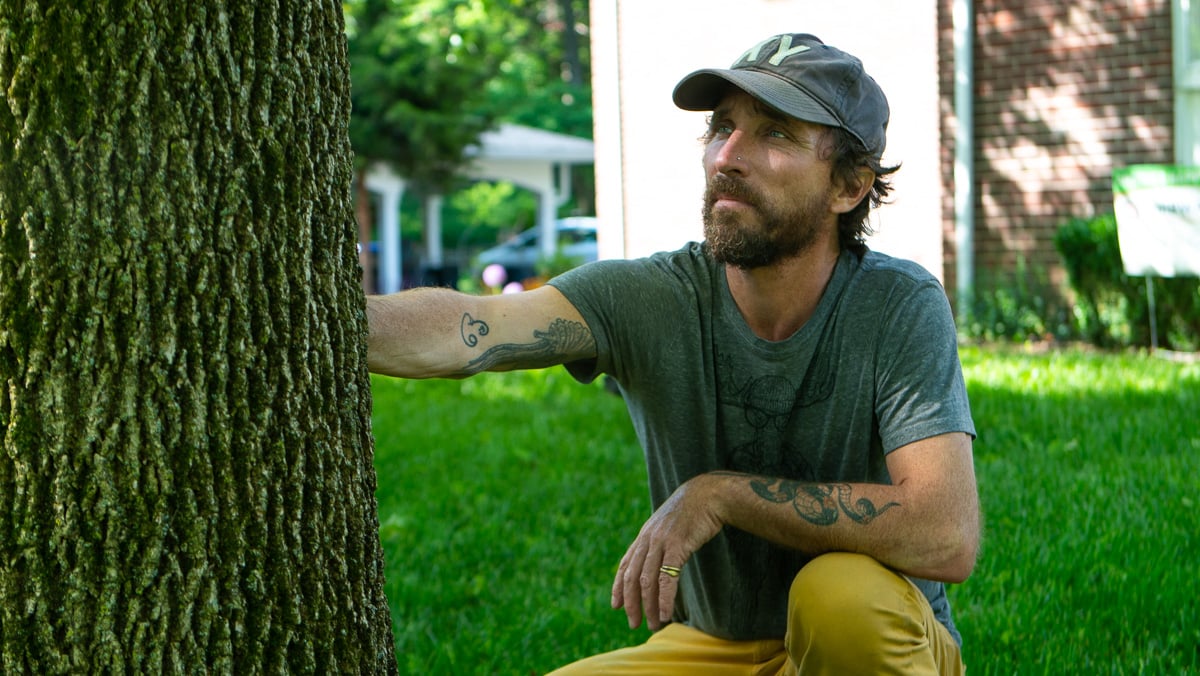
As you do that research, we’d love for you to consider Limbwalker. Not only can we help diagnose tree problems but we can also implement the proper solutions and help you prevent many problems in the first place. With the proper care, you can avoid tree stress and help promote healthy and thriving trees.
At Limbwalker, we care deeply about homeowners like you and want to help you achieve a safe and beautiful property that you love. For that reason, we’re always here to answer your questions about tree care. If you still have questions after reading this article, please feel free to get in touch.
At the end of the day, we believe that you deserve to enjoy your Louisville property to the fullest. Having healthy trees is the key to ensuring that happens.
If you’d like to learn more about tree services for your Louisville home, get in touch, get your quote, and get back to enjoying your yard.


